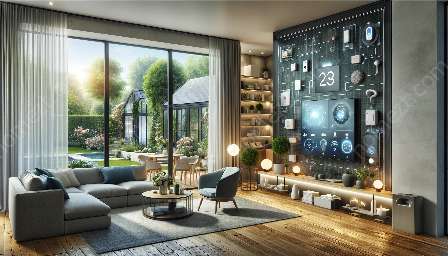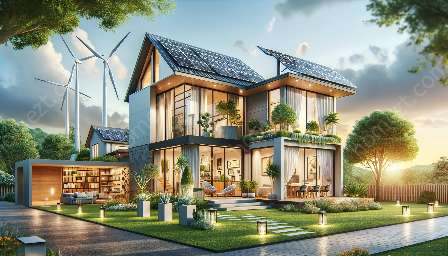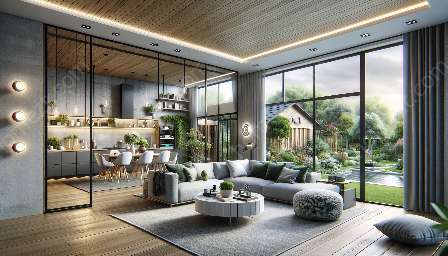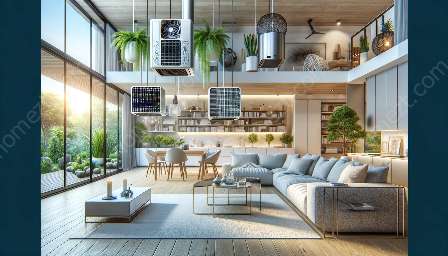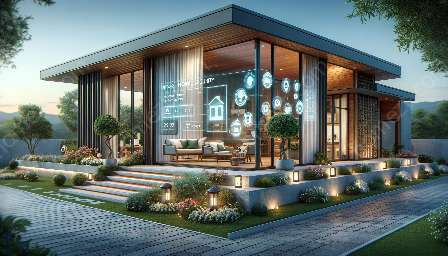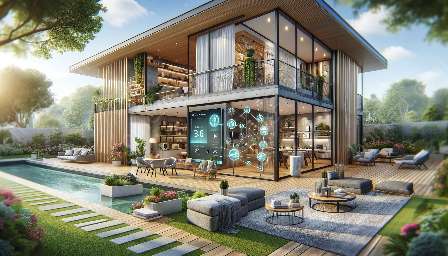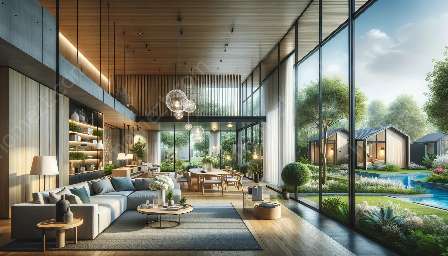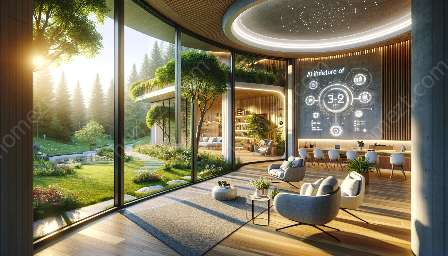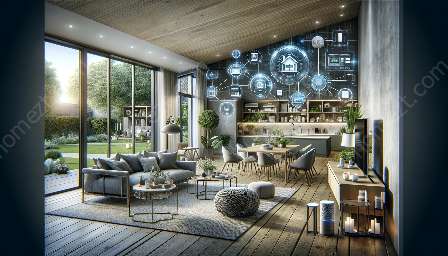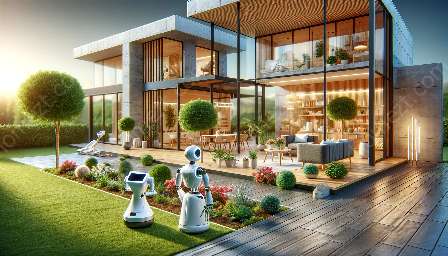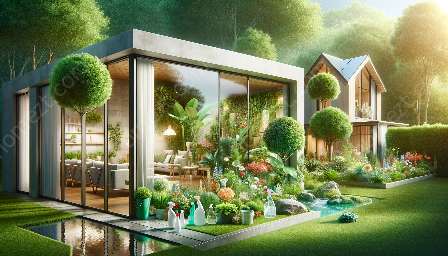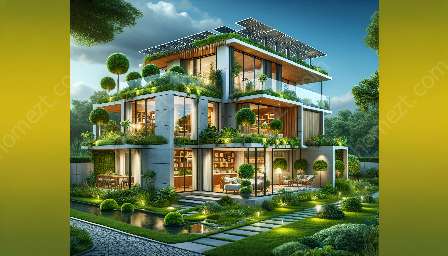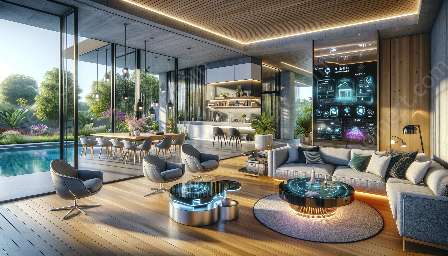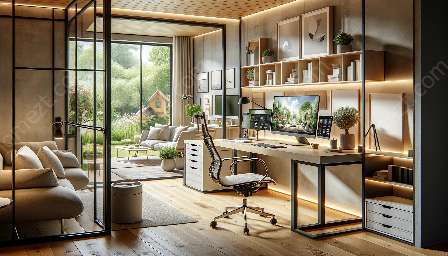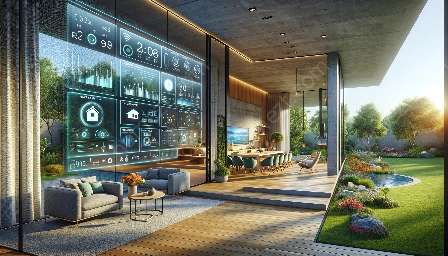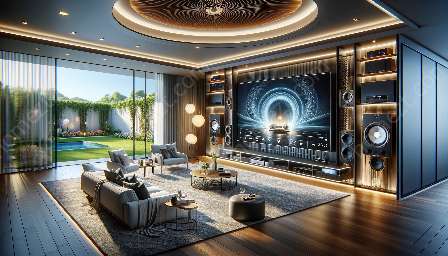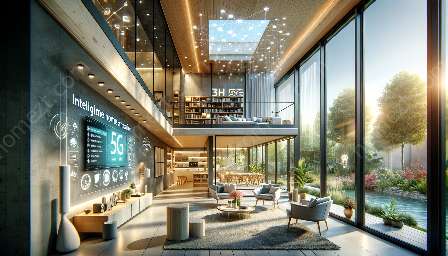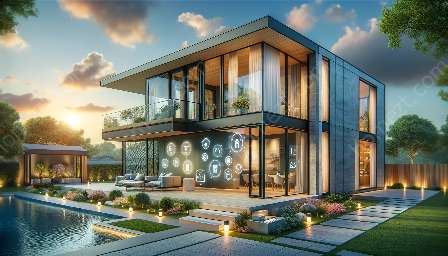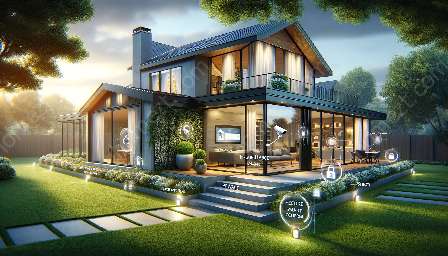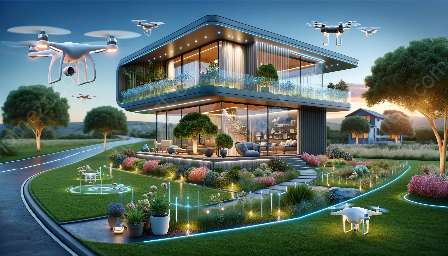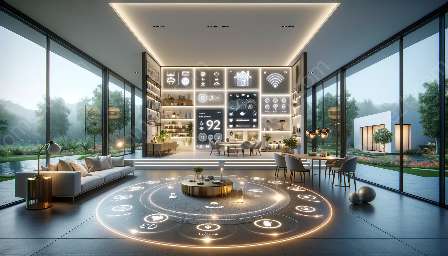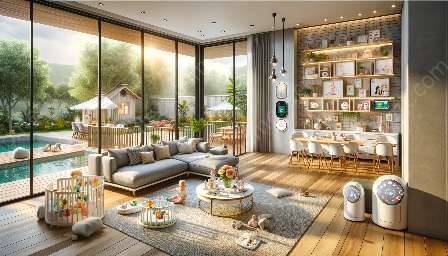As technology continues to advance, it has revolutionized the field of interior design, giving rise to new and innovative ways to enhance our living spaces. This has also impacted intelligent home design and its integration with home & garden environments. In this article, we will explore how technological advances in interior design are being leveraged to create more intelligent and efficient home designs, and how these developments are transforming the way we think about home and garden aesthetics.
Smart Home Technology
One of the most significant technological advancements in interior design is the integration of smart home technology. This includes automated systems that control lighting, heating, ventilation, air conditioning, and security. These systems can be controlled remotely via smartphone apps, voice commands, or automated schedules, allowing homeowners to customize their living spaces to suit their preferences.
The integration of smart home technology in interior design has not only made homes more efficient but has also significantly enhanced the aesthetic appeal of modern interiors. For example, smart lighting systems can be programmed to create different moods and atmospheres, allowing homeowners to transform the look and feel of their spaces with the touch of a button.
Intelligent Home Design
Intelligent home designs are focused on creating living spaces that use technology to enhance comfort, convenience, and energy efficiency. This approach takes into account the seamless integration of smart home technology with interior design elements, ensuring that the technology is not only functional but also visually appealing.
For instance, intelligent home design may include the incorporation of hidden tech features such as motorized furniture, retractable screens, and smart appliances that seamlessly blend with the overall aesthetic of the space. This allows homeowners to enjoy the benefits of advanced technology without compromising on the visual coherence of their interiors.
Technological Innovations
Technological innovations have also led to the creation of new materials and products that are redefining interior design. For instance, advancements in 3D printing technology have enabled the production of custom-designed furniture and decor, allowing homeowners to personalize their interiors with unique and intricately detailed pieces.
Furthermore, virtual reality (VR) and augmented reality (AR) technologies are being used to visualize and plan interior designs, providing homeowners with immersive experiences that allow them to interact with their future spaces before making any physical changes. This has revolutionized the interior design process, making it more interactive and engaging for homeowners.
Home & Garden Transformations
The integration of technological advances in interior design has also extended to the outdoor spaces of homes and gardens. Smart irrigation systems, outdoor lighting, and automated landscape design tools are transforming the way homeowners approach the design and maintenance of their outdoor environments.
Additionally, the use of IoT (Internet of Things) devices in home and garden settings has resulted in the creation of interconnected ecosystems that seamlessly blend indoor and outdoor living. From smart garden sensors to automated outdoor entertainment systems, these technological advancements are revolutionizing the way we interact with and enjoy our home and garden spaces.
Conclusion
The technological advances in interior design are undoubtedly shaping the way we live and interact with our living spaces. As intelligent home design continues to evolve and integrate with the latest technologies, we can expect to see even more innovative and transformative changes in the way we approach home and garden aesthetics. By embracing these advancements, homeowners can create more efficient, visually appealing, and technologically integrated living environments that truly cater to their modern lifestyle needs.

